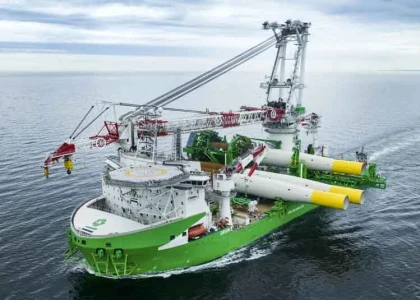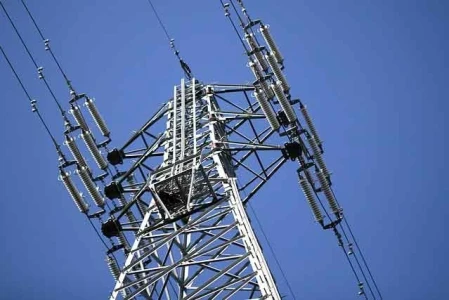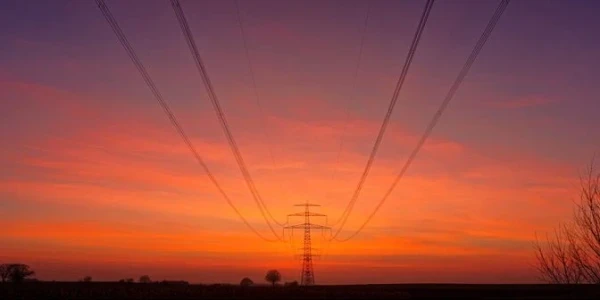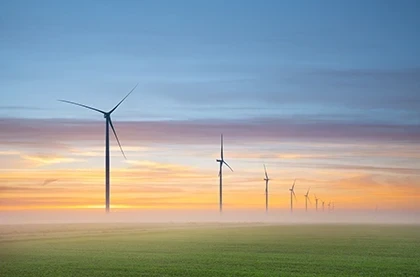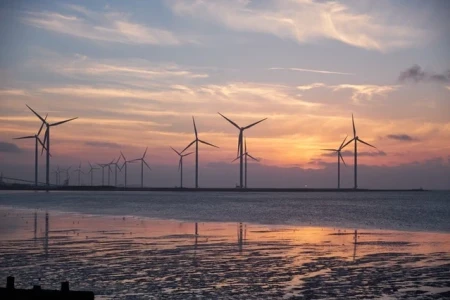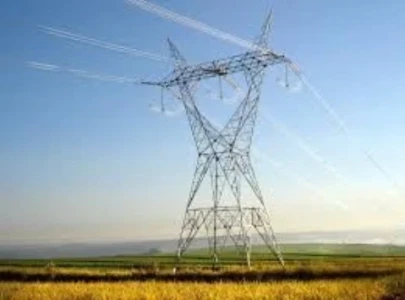Michigan's Path to 60% Clean Energy by 2030: Strategies and Challenges
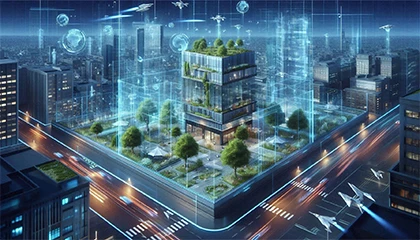
Michigan is accelerating its transition to renewable energy, aiming to generate 60% of its electricity from clean sources by 2030. This ambitious goal is part of a broader strategy to achieve 100% clean energy by 2040, as outlined in the MI Healthy Climate Plan. To meet these targets, developers and advocates are focusing on several key strategies, while also addressing the challenges that accompany such a significant shift.
Expanding Renewable Energy Capacity
A primary method for achieving the 60% clean energy goal is the expansion of renewable energy infrastructure, particularly solar and wind power. The state has enacted legislation to streamline the permitting process for large-scale renewable projects. House Bills 5120 and 5121 authorize the Michigan Public Service Commission (MPSC) to approve utility-scale wind projects over 100 megawatts and solar and battery storage projects over 50 megawatts, reducing delays caused by local zoning ordinances. Additionally, these bills prevent municipalities from enacting moratoriums on renewable energy projects, ensuring a more predictable development environment.
Enhancing Distributed Generation
Distributed generation (DG) is another critical component of Michigan's clean energy strategy. Public Act 235 has increased the cap on DG programs from 1% to 10% of a utility's average peak load over five years, allowing more residential and commercial customers to install rooftop solar systems. This expansion enables consumers to offset their energy bills by generating their own electricity and selling excess power back to the grid. The act also permits customers to pair solar installations with battery storage, enhancing energy resilience and reliability.
Investing in Energy Storage
Energy storage plays a vital role in integrating intermittent renewable sources like solar and wind into the grid. Michigan has set a target to deploy 2,500 megawatts of energy storage by 2030, with a long-term goal of 4,000 megawatts by 2040. Utilities are required to develop plans to meet these targets, which will help stabilize the grid and ensure a consistent power supply even when renewable generation fluctuates.
Overcoming Community Resistance
Despite legislative efforts to streamline permitting, community opposition remains a significant barrier to renewable energy development. Local governments and residents often express concerns about the impact of large-scale projects on land use, aesthetics, and property values. To address these concerns, developers are engaging with communities early in the planning process, providing information about the benefits of renewable energy, and offering incentives to host projects. Building trust and ensuring that local voices are heard are essential for the successful implementation of renewable energy projects.
Navigating Political Challenges
The political landscape in Michigan is also influencing the pace of clean energy initiatives. While the Democratic-led legislature passed laws to support renewable energy development, the recent shift in control to Republicans has introduced uncertainty. For instance, Representative Gregory Alexander has introduced bills to repeal changes to the permitting process, arguing that local governments should retain authority over land use decisions . Such political dynamics could affect the consistency and stability of policies supporting clean energy.
Michigan's goal of achieving 60% clean energy by 2030 is an ambitious and achievable objective, provided that the state continues to expand renewable energy capacity, enhance distributed generation, invest in energy storage, and address community and political challenges. Through collaborative efforts among policymakers, developers, and communities, Michigan can pave the way toward a sustainable and resilient energy future.


